Planting roots first, root curing techniques
The roots of vegetables are the roots of vegetables. The quality of vegetable roots determines the growth and development of vegetables, and determines the quality of vegetables, the level of yield and the income of vegetable farmers. Therefore, it is necessary to maintain the roots of vegetables. Then look at the maintenance techniques of vegetable roots.
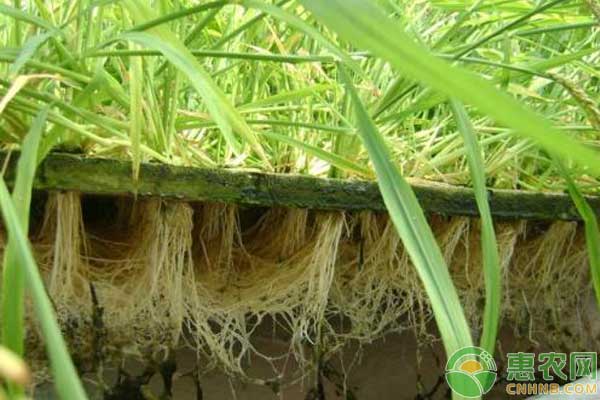
First, the vegetable root system has three aspects:
1. Absorption. It can absorb water and nutrients. Absorb moisture to meet the needs and results of leaf transpiration. It absorbs nitrogen, phosphorus, potassium and medium and trace elements to meet various physiological needs of vegetable plants.
2. Support. It acts as a pillar to allow vegetable plants to stand in the soil, allowing the upper stems and leaves to depend on each other.
3. Synthesis. The roots synthesize many endogenous hormones to meet the physiological needs of vegetable growth.
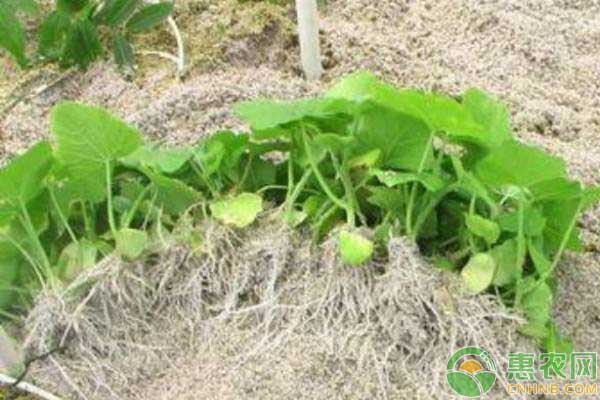
Second, the maintenance technology of vegetable roots:
1. Strengthen leaf maintenance of vegetable plants
"The roots are raised by the leaves, and the leaves are long by the roots." The roots and leaves of vegetables are interdependent, interdependent, mutually reinforcing and indispensable. We must focus on protecting the lower blades. When we are hitting the leaves, we should be light. Do not hit too much at a time. At the same time, it is necessary to strengthen the management of pruning, ensure reasonable plant type, improve leaf seeing; improve plant resistance, prevent pests and diseases, ensure leaf health, and normal photosynthesis.
2. Create good vegetable growth conditions
The soil should be fertile, well ventilated, and less organic fertilizer. Relying on various chemical fertilizers to produce vegetables will deteriorate the physical and chemical properties of the soil, the roots are not easy to stretch, and the ventilation is poor, especially the poor ventilation caused by winter water often causes roots and roots. Therefore, fertilizing soil is a key part of vegetable production. There are three aspects to be taken in fertilization:
(1) Organic fertilizer should be reapplied
Increasing the application of organic fertilizer is undoubtedly an important means to increase the organic matter in the soil and improve the soil structure. Generally, 2-3 tons of organic fertilizer can be applied per mu of vegetables to increase the organic matter content in the soil, improve the agglomerate structure of the soil, and improve the soil permeability. Sex.
(2) Emphasis on scientific formula fertilization
For new vegetable fields and vegetable soils with poor soil fertility, various nutrient elements are lacking, especially the medium and trace elements. It must be supplemented according to the fertilizer requirements of different vegetables, so as to avoid the symptoms of de-fertilization of vegetables. It can be applied with 80-100 kg of compound fertilizer when applying organic fertilizer.
(3) To increase the application of biological fertilizer
A large number of experiments have proved that biological bacterial fertilizer can significantly improve soil structure, improve soil fertility, and promote the growth and development of organic vegetable roots. Therefore, supplementing biological bacterial fertilizer is an important measure to enhance soil fertility and promote root growth. At the same time, when the organic fertilizer is applied, 200 kg of biological fertilizer can be applied at the same time. This can not only improve the soil aggregate structure and physical and chemical properties, but also inhibit the occurrence of vegetable root diseases (especially for various soil-borne diseases), and increase the yield and income. Very obvious.
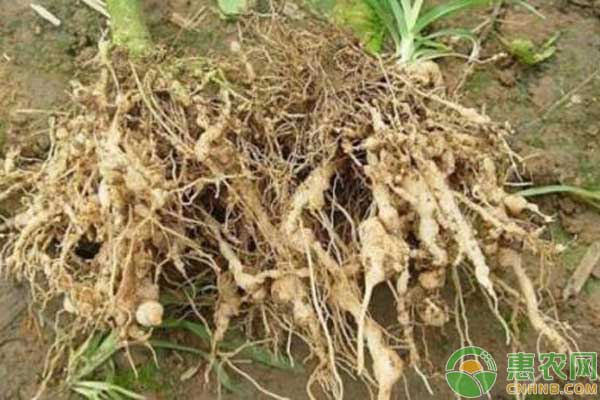
3. The ground temperature should be suitable
The ground temperature will obviously affect the growth and development of the roots. Therefore, when the organic vegetables are fixed, I will distance them to facilitate ventilation and light transmission.
The above is the maintenance technology of vegetable roots. Vegetable roots have the function of synthesizing endogenous hormones and have the function of absorbing water and inorganic salts. Therefore, the quality of roots directly determines the growth and yield of vegetables.
What do Dome Solar Camera Work ?
Solar surveillance cameras use solar panels to capture sunlight and convert it into direct current (DC). After that, the inverter will turn the DC power into alternating current (AC), which can be used to power the solar-powered security IP cameras and batteries for continued use. When there's no sunlight, wireless solar-powered security cameras can still draw power from a rechargeable battery that stores excess electricity generated by the solar panels.
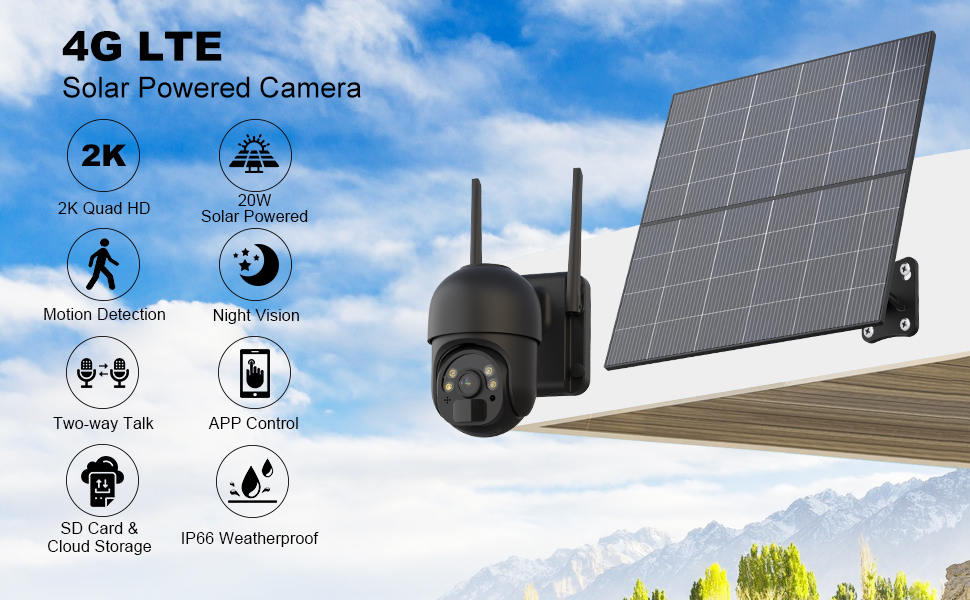
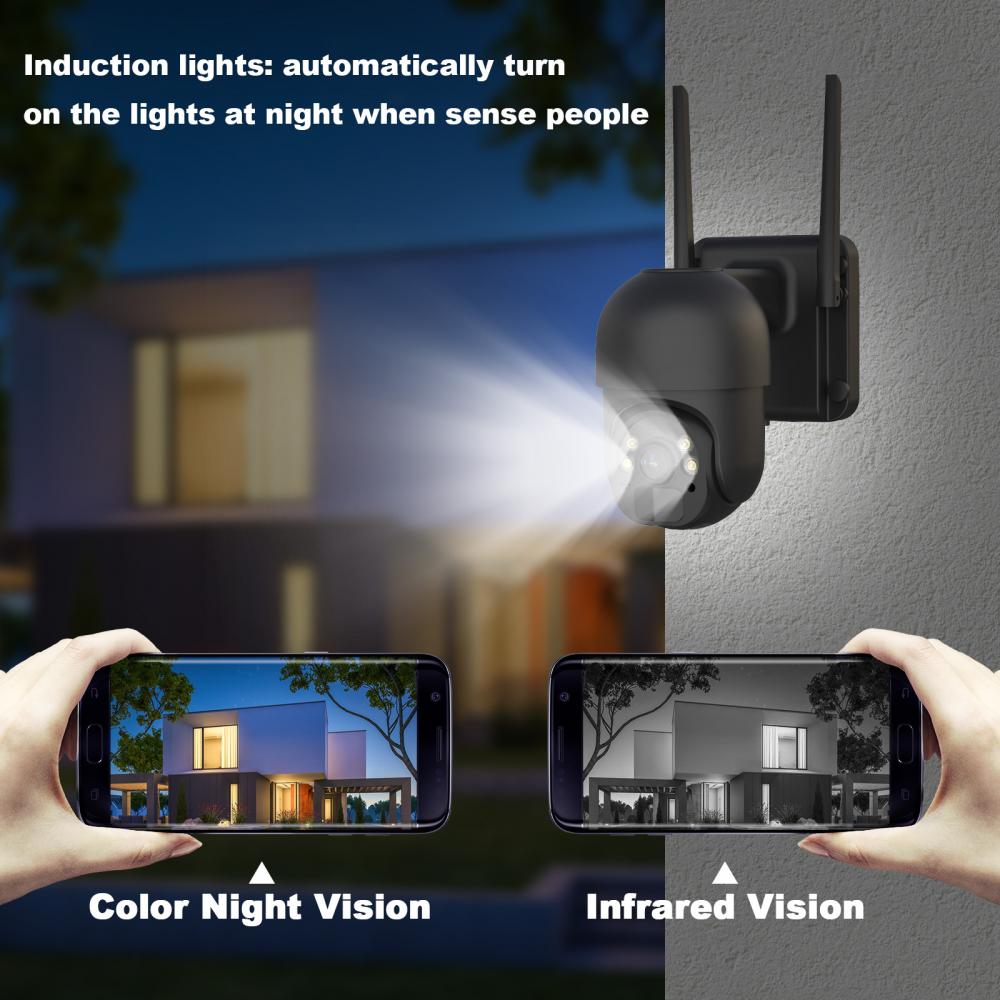
Note: Contrary to popular belief, solar-powered cameras can also generate electricity on rainy or cloudy days because visible light can also pass through rain and clouds. But it goes without saying that solar powered surveillance cameras are less efficient on rainy or cloudy days, so maximum direct sunlight is beneficial for solar powered surveillance cameras to perform at their best. And, since outdoor solar-powered surveillance cameras come with a weatherproof design, you don't need to worry about them on rainy days. In fact, the occasional rain can be a boon - clean the surveillance cameras on your solar panels for free
Dome Solar Camera,solar powered,Night light,PTZ control,Security CCTV Cameras,Ip Camera
Shenzhen Fuvision Electronics Co., Ltd. , https://www.szsolarcamera.com